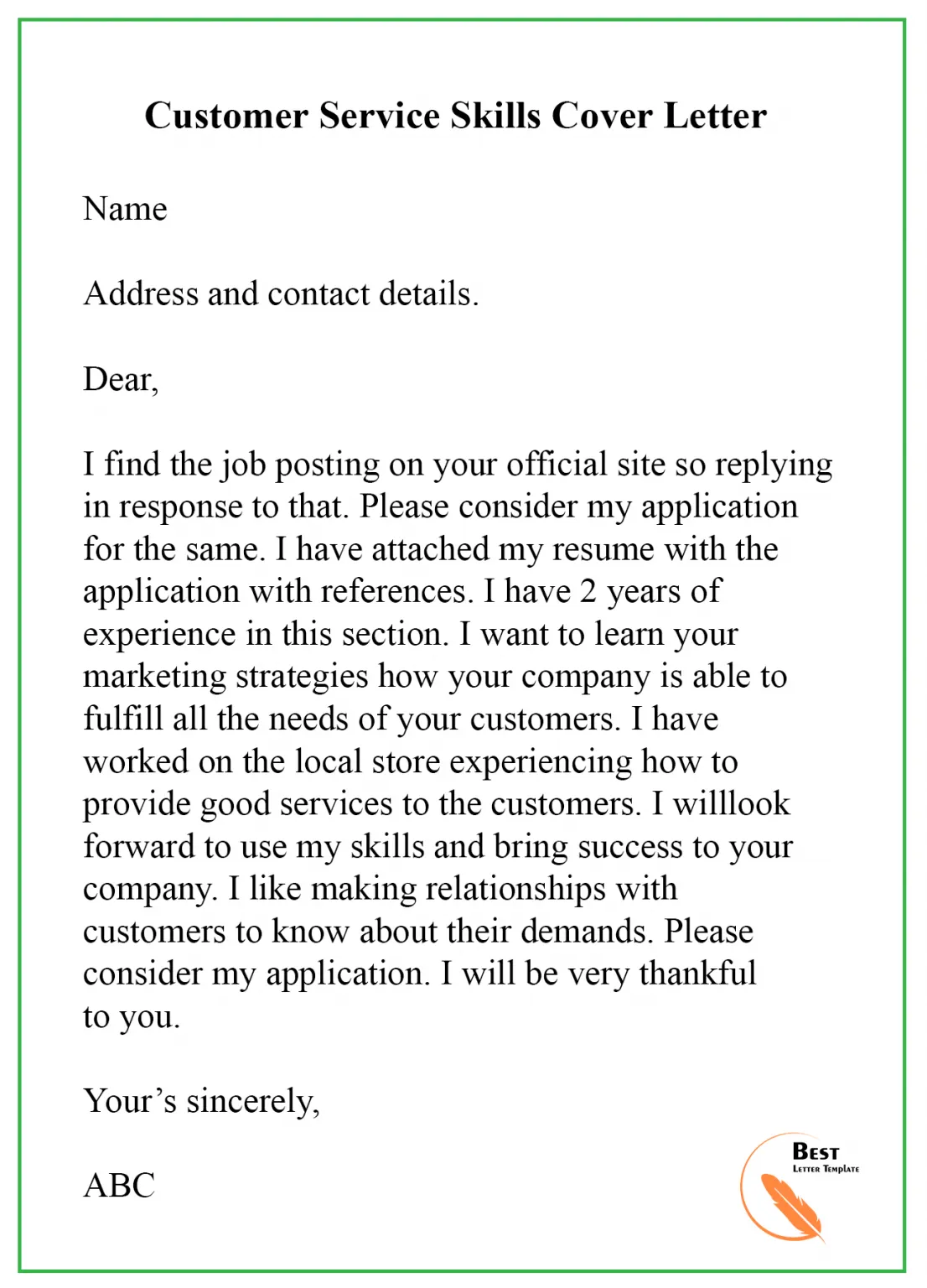What is a Customer Care Cover Letter
A customer care cover letter is a crucial document accompanying your resume when applying for customer service positions. It serves as your first introduction to a potential employer, offering a chance to showcase your personality, skills, and enthusiasm for the role. Unlike your resume, which presents a factual overview of your experience, the cover letter allows you to articulate your motivations, explain why you’re a good fit for the specific company, and highlight the value you can bring to the team. It’s a personalized narrative that demonstrates your communication skills and attention to detail, essential qualities in customer care.
Why is a Customer Care Cover Letter Important
In the competitive job market, a well-crafted customer care cover letter sets you apart from other applicants. It’s your opportunity to make a strong first impression and provide context to your resume. Employers often use cover letters to assess your writing abilities, your understanding of the role, and your overall fit within the company culture. A compelling cover letter can significantly increase your chances of getting an interview by demonstrating your genuine interest, highlighting relevant skills, and addressing the specific needs of the position. A cover letter is your chance to shine, demonstrating not just what you’ve done, but why you’re passionate about customer care.
Highlighting Relevant Skills
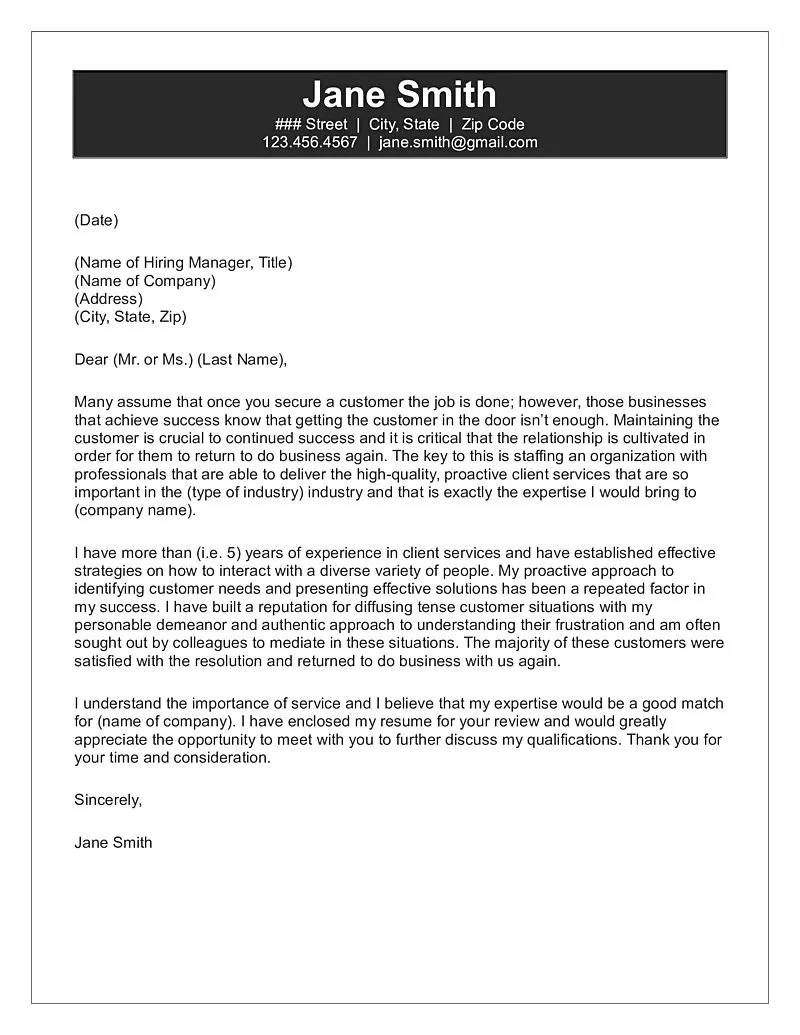
Focus on skills that directly relate to the customer care role. These typically include excellent communication, both written and verbal, active listening, problem-solving, empathy, and the ability to remain calm under pressure. Provide specific examples of how you’ve utilized these skills in previous roles or situations. If the job description emphasizes specific software or platforms, be sure to mention your proficiency. Tailor your letter to match the skills the employer is seeking, emphasizing those you possess and how they make you uniquely qualified. Customer care is all about people, and your letter should demonstrate your ability to interact with them effectively.
Emphasizing Experience
Detail your customer care experience, including the types of customers you’ve served, the challenges you’ve overcome, and the results you’ve achieved. Quantify your accomplishments whenever possible, such as the number of customer interactions handled per day or improvements in customer satisfaction scores. Describe the specific tasks and responsibilities you held, demonstrating your competence in resolving issues, providing support, and building positive relationships with customers. If you have experience with specific customer relationship management (CRM) systems or other relevant tools, be sure to mention them, as this can quickly set you apart.
Demonstrating Passion
Express your enthusiasm for customer care and your desire to contribute to the company’s success. Explain what motivates you to provide excellent service and why you’re interested in the specific position and company. Share anecdotes or experiences that illustrate your commitment to helping others and exceeding expectations. Employers seek individuals who are genuinely passionate about customer care because this enthusiasm is contagious and translates into better service. Your passion will shine through, making you a more memorable and appealing candidate. Show that you see customer care not just as a job, but as a calling.
Key Components of a Customer Care Cover Letter

Contact Information & Date
At the top of your cover letter, include your full name, address, phone number, and email address. Also, include the date. Make sure this information is current and accurate so the hiring manager can easily contact you. Use a professional email address; avoid anything that sounds too casual. This is your first chance to present yourself professionally, and attention to detail here sets the tone for the rest of the letter. Keep the formatting clean and easy to read, making it simple for the hiring manager to find your contact information quickly.
Greeting and Introduction
Address the hiring manager by name if possible. Research the company to find out who the appropriate person is, as this shows initiative and attention to detail. If you cannot find a specific name, use a general greeting like ‘Dear Hiring Manager.’ In the introduction, state the position you’re applying for and where you found the job posting. Briefly summarize your key skills and experience, capturing the reader’s attention from the start. This is your opening statement; make it compelling and immediately relevant to the role you desire. This section sets the tone for your letter.
Body Paragraphs Showcasing Skills & Experience
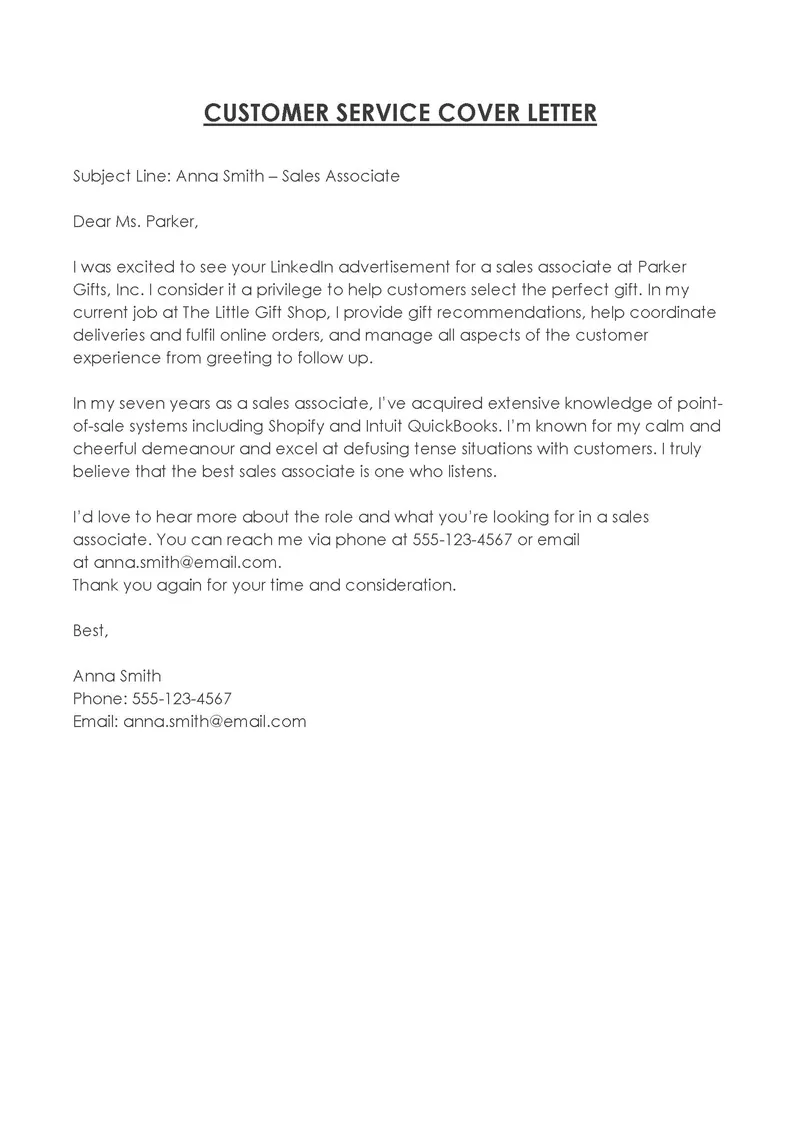
The body of your cover letter should expand on the skills and experience highlighted in your resume. Use specific examples to demonstrate how you’ve handled customer interactions, solved problems, and achieved positive outcomes. Align your skills with the requirements listed in the job description, emphasizing how you meet or exceed those expectations. Show, don’t just tell, by providing details about your accomplishments and responsibilities in previous customer care roles. This is where you truly showcase your ability to excel and illustrate your qualifications to the employer.
Expressing Enthusiasm & Closing
Reiterate your interest in the position and the company, emphasizing why you’re a great fit. Thank the hiring manager for their time and consideration. Include a call to action, such as expressing your availability for an interview and your eagerness to discuss your qualifications further. End with a professional closing, such as ‘Sincerely’ or ‘Best regards,’ followed by your full name. A strong closing paragraph leaves a lasting positive impression and encourages the hiring manager to take the next step.
Proofreading and Formatting Your Cover Letter
Carefully proofread your cover letter for any grammatical errors, typos, or inconsistencies. Even minor mistakes can undermine your credibility. Ensure your writing is clear, concise, and easy to understand. A well-written and error-free cover letter demonstrates your attention to detail and professionalism. Read it aloud to catch any awkward phrasing or structural issues. Consider asking a friend or family member to review your cover letter as a fresh pair of eyes can often catch things you might have missed.
Tips for Formatting
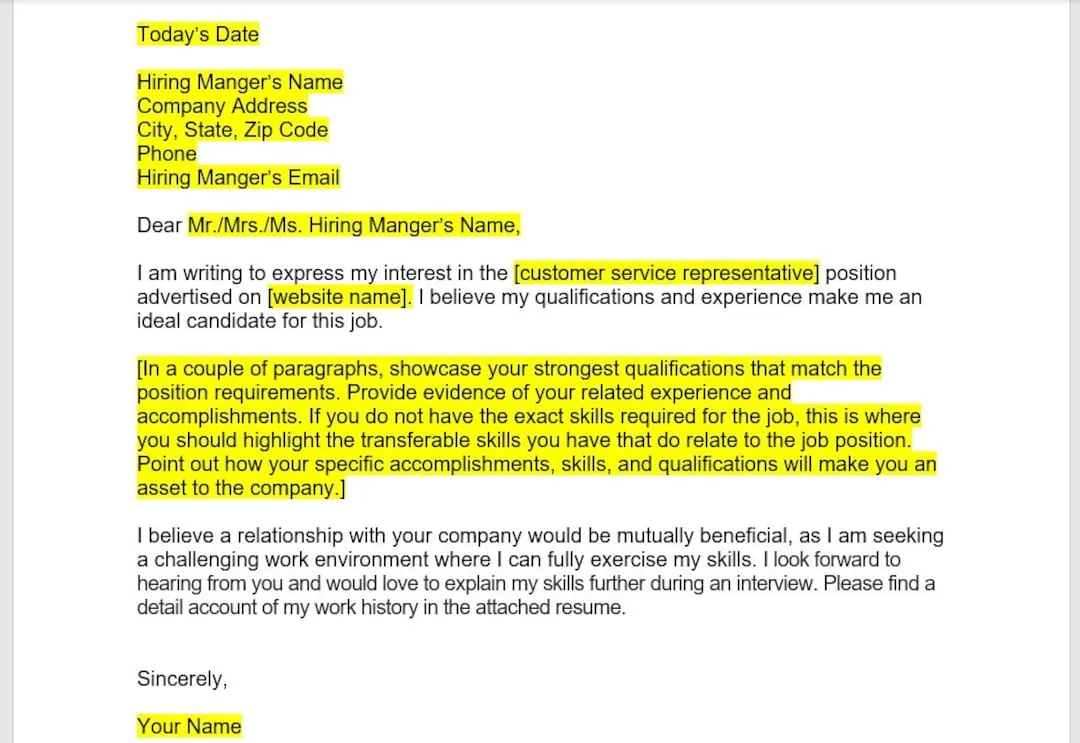
Use a professional font like Times New Roman, Arial, or Calibri. Set the font size to 11 or 12 points for readability. Use standard margins (1 inch on all sides) and single-space your text. Break up large blocks of text with paragraphs to make it easier to read. Ensure consistent formatting throughout the document. Use bolding or italics sparingly for emphasis. A well-formatted cover letter is visually appealing and makes a positive impression on the reader.
How to Proofread
Read your cover letter multiple times, focusing on different aspects each time. Check for spelling errors first, then grammatical errors. Ensure the sentences flow well and the content is logical. Verify the accuracy of all facts, dates, and contact information. Use spell-check and grammar-check tools, but don’t rely on them entirely, as they might not catch every error. Proofreading is a critical step, so take the time to ensure your cover letter is perfect.
Tailoring Your Customer Care Cover Letter
Customize your cover letter for each job application. Avoid using a generic template. Research the company and the specific role to understand their needs and expectations. Highlight the skills and experience that directly align with the job description. Show that you understand the company’s mission, values, and customers. By tailoring your letter, you demonstrate your genuine interest and increase your chances of being selected for an interview. This personalized approach can make a significant difference.
Researching the Company
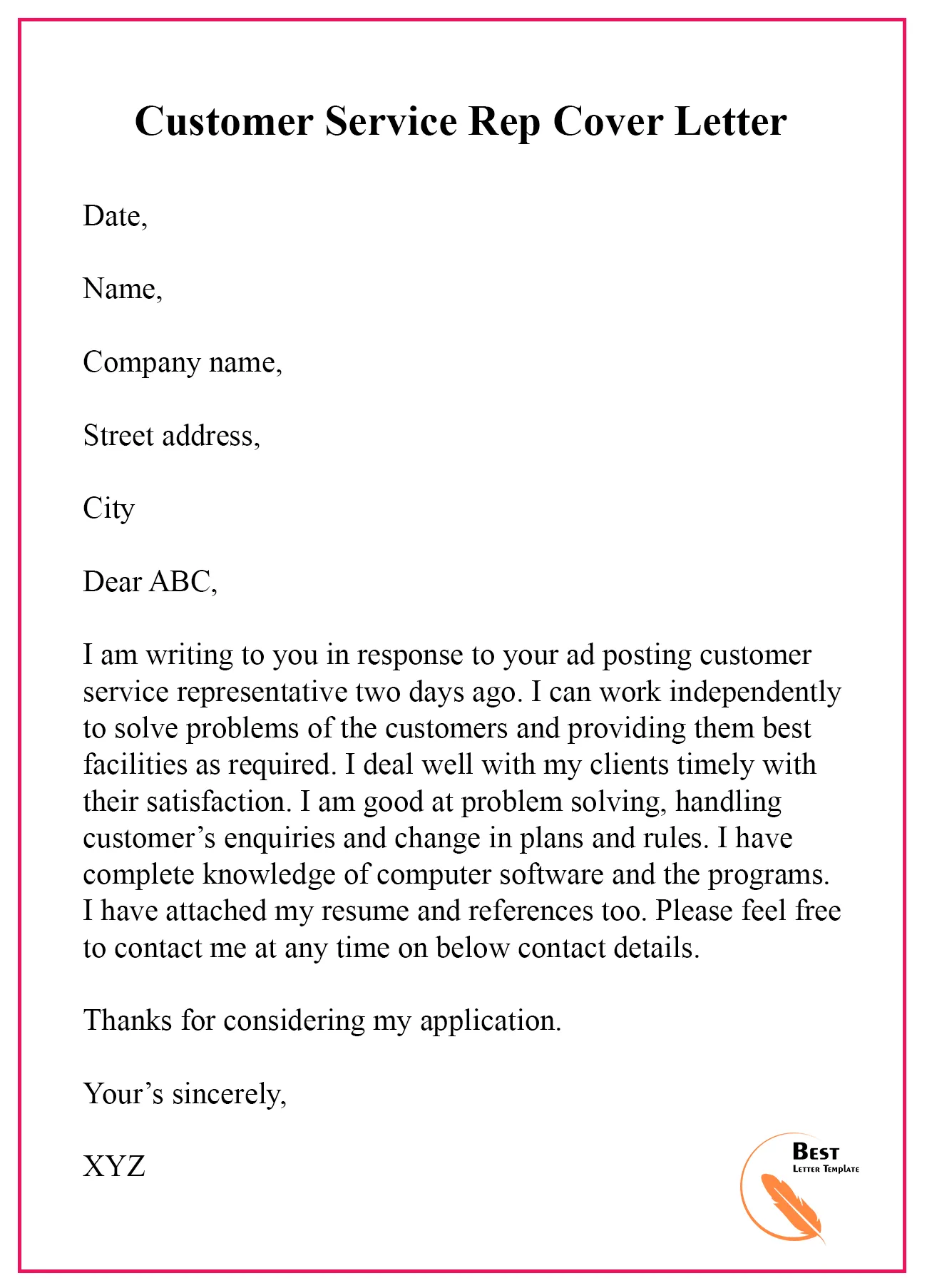
Visit the company’s website to learn about its products, services, and culture. Read customer reviews and industry news to understand the company’s reputation and challenges. Look for any recent announcements or initiatives. This information will help you tailor your cover letter to address the company’s specific needs and show that you have done your homework. Showing that you have taken the time to understand the company demonstrates your interest and initiative.
Matching Skills to Job Requirements
Carefully review the job description and identify the key skills and qualifications the employer is seeking. Highlight the skills and experiences that match these requirements, providing specific examples of how you’ve demonstrated them in the past. Use the same keywords and phrases from the job description when possible, but avoid simply rephrasing the requirements. Instead, illustrate how your skills and experiences meet the needs of the role. This targeted approach shows you’re a good fit for the specific position.
Showcasing Results and Achievements
Instead of just listing your responsibilities, focus on your accomplishments and the results you’ve achieved in previous roles. Use metrics and quantifiable data to demonstrate your impact, such as increased customer satisfaction, reduced resolution times, or improved sales. Provide specific examples of how you’ve gone above and beyond to exceed expectations and make a positive impact. Show the employer what you can do for them by highlighting what you have done for previous companies. This approach will make your cover letter more compelling and memorable.
Quantifying Your Impact
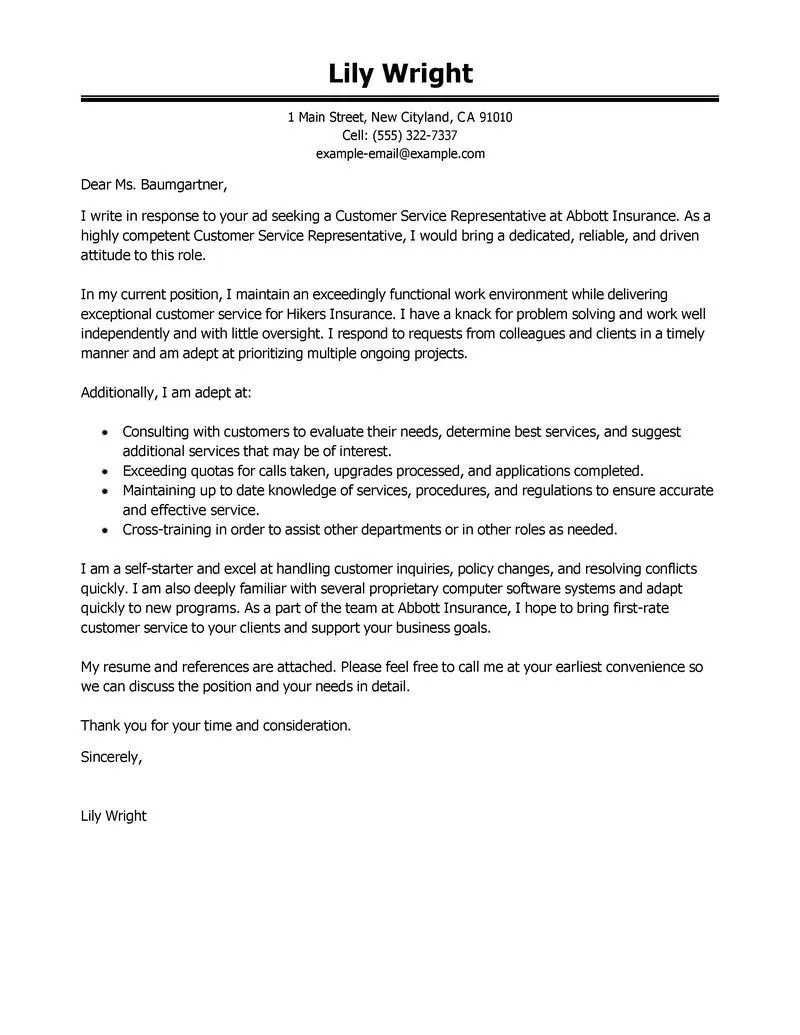
Use numbers to support your claims and make your achievements more concrete. For example, instead of saying ‘Improved customer satisfaction,’ say ‘Increased customer satisfaction scores by 15%.’ Use data to show that you are results-oriented and that your actions have a tangible effect. Quantifying your accomplishments makes your cover letter more persuasive and shows the hiring manager the value you can bring to the company. Numbers speak volumes and provide concrete evidence of your effectiveness.
Using Action Verbs
Start your sentences with strong action verbs to highlight your accomplishments and responsibilities. Examples of effective action verbs include managed, resolved, improved, implemented, created, and trained. Using action verbs will make your cover letter more dynamic and engaging, demonstrating your proactivity and capabilities. Choose verbs that best describe your actions and results. Action verbs bring your achievements to life, making a lasting impression on the reader.
Common Mistakes to Avoid
Generic Cover Letters
Avoid using a generic cover letter that you send to every company. Tailor your letter to each specific job and company, showing that you understand their needs and expectations. Generic letters do not demonstrate a genuine interest in the role. Customize your letter by researching the company and highlighting the skills and experiences that align with their requirements. A customized cover letter will leave a better impression.
Typos and Grammatical Errors
Typos and grammatical errors can undermine your credibility and make you appear unprofessional. Proofread your cover letter carefully, and have someone else review it as well. Pay close attention to spelling, grammar, punctuation, and sentence structure. A polished cover letter shows attention to detail and professionalism, qualities employers look for in customer care representatives. Always double-check for errors, even after running spell check.
Ignoring the Job Description
Failing to address the requirements listed in the job description is a common mistake. Customize your cover letter to highlight the skills and experiences that directly match the job requirements. Show that you understand the company’s needs and how you can contribute to their success. Using keywords and phrases from the job description will demonstrate your attention to detail and your ability to follow instructions. Ignoring the job description tells the employer that you have not taken the time to read or understand the position.
Final Thoughts & Call to Action
In your closing paragraph, reiterate your interest in the position and express your enthusiasm for the company. Thank the hiring manager for their time and consideration. Include a call to action, such as expressing your availability for an interview and your eagerness to discuss your qualifications further. A strong closing paragraph leaves a lasting positive impression and encourages the hiring manager to take the next step. End with a professional closing like ‘Sincerely’ or ‘Best regards,’ followed by your full name.
